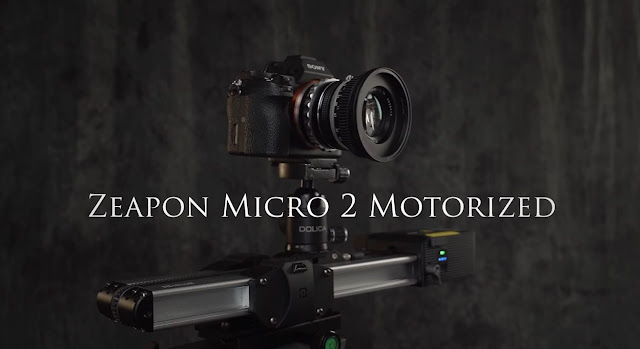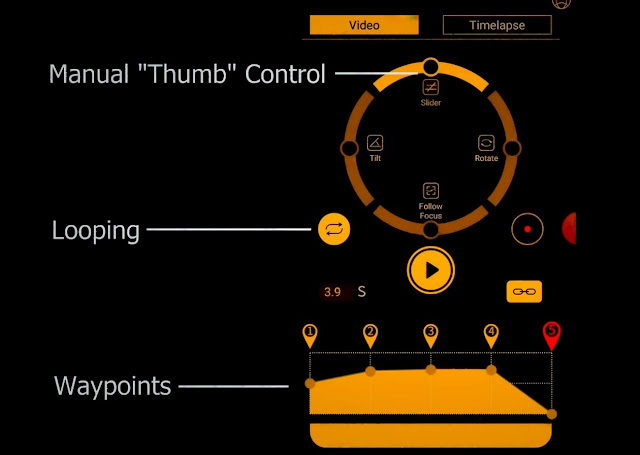It began with an old man who loved music more than Orpheus. What Loves he had lost to death and disease didn’t compare to his devotion— and mastery— of music. This is a true story. It is not fiction, it is documentary. The names have not been changed because there are no innocents. It involves some of the legends of the audiophile world— Thrax and EnKlein— as well as mysterious newcomers like AudioNec, Trafomatic, and Synaestec. Like all mysteries there is an element of deceit, naivete, incompetence, lavish sums of money, and death. And, like all con games, it begins with a bad actor… in this case a dealer. And he goes by Prana Distributions, LLC.
Every con game starts with a hook. In this case, the Mark had been hooked years ago. His love of music and brought him into the audiophile world little by little. The systems changed every few years, and despite not belonging to the economic class of the wealthiest of music-lovers in his every day life, he slowly entered that world in his listening room. Two years ago, he owned a pair of Thrax Lyra speakers, with Basus subwoofers, Thrax Spartacus amplifier, CEC player and transport, and EnKlein cables to bring out the best the system had to offer. The hook was deep in him. All that was needed was someone to pull on that hook… to convince him that there was a more magical listening experience. For a price. The question was how to convince someone to spend $205,000 dollars on a stereo system he’d never heard. Prana Distributions had the answer: a guarantee.
Prana Distribution started their pitch with a 30 day, money back, no questions asked guarantee. On June 11th, 2018, in answer to the question, “where can these speakers be heard in the NY area?” #PranaDistribution replied: “Currently, the best we can offer is a consultation. Following that, if it is agreed that AudioNec should work well in your space, we can order the appropriate pair with the understanding that you may return it in 30 days.” It was a pledge that was to quietly evaporate over the course of the next few exchanges. The guarantee may not have been written in invisible ink, but the promise was.
At the end of one’s life it’s natural to want to experience one’s passions at the deepest level, to reach beyond one’s limitations and, like Icarus, touch the sun. For the Buyer, a composer and musician, the sun was a musical immersion that rivaled the sound that he heard in his imagination as he composed. He knew he didn’t have much time left, maybe a year— probably less. His kidneys told him that. His doctors concurred. The man’s affairs were in order; his children taken care of. His physical ability to enjoy life was waning but his hearing largely intact. What was left in full-blooded passion was hope. Imagination. Could he hear something new?
There is a con game so famous that it has its own name: The White-van Speakers. Yes, audio speakers. The con works by offering a piece of equipment that is priced at ridiculously high margins, then sold “out of a van” for a secret, special discount. But the sale price is still well above the manufacturing costs and market value. How do you convince your Mark that the speakers— or amplifier, or DAC— is still worth tens of thousands? You give them an exotic origin… some faraway, unexpected birthplace. Then you place them next to other, reputable systems… Soul Sonic, Lindemann, Trafomatic, AudioNec, Destination Audio. Can you spot the White-van?
The deal the Buyer agreed to was a $75,000 deposit with a trade on his existing Thrax based system. The invoice listed an address of 125 Cambridgepark Dr. Suite 301, Cambridge, MA, but Prana didn’t want the check sent there. With a grifter’s caginess, it was a dummy office. A virtual office, owned by Regal. There was no showroom, no permanent address. National buyers never checked that sort of thing. Instead, the address he provided, 69 Boston Avenue in Medford, was the run-down sort of house one inherited and then neglected.
In exchange for the $75,000 deposit and trade of his existing, Thrax based system for a pair of AudioNec Crystal Signature speakers, Trafomatic Tara preamp with mono blocks, a Synastec Origio CD player, and Ictra rack. The old system was to pay the remaining $130,000 bill. The deposit was paid in July of 2018. The system was to be delivered in September. At the time, #Prana Distributions didn’t tell him that the Syneastec was still in the design stage and wouldn’t be ready for sale until February at the earliest. There would be nothing to play the Buyer’s CDs. It wouldn’t matter, though. He died in August of that year.
I won’t say Prana cheated the Buyer, depriving him of his dreams at the end of his life. He never had to witness the cascade of failures, from CD players that were promised before they even existed, to Pran’s inability to sell even 1/10th of his system. Yet it’s hard not to say that the con wasn’t in motion, the cheat in progress. The Descendents asked about the 30 day guarantee, but somehow that didn’t apply to a sale that included a trade. The contract, if the five sentences tacked onto the invoice could be called a contract, didn’t include a guarantee. Or time frames for delivery. Or percentages for commission. The field was now wide open for a bad actor to run any direction he liked.
To be continued.... (this blog is a serial post based on the Facebook page - the story unfolds in paragraphs published three times a week)
















